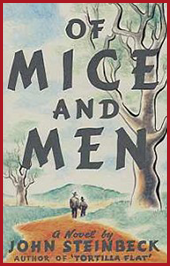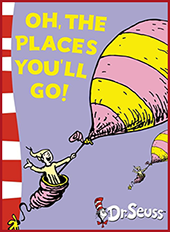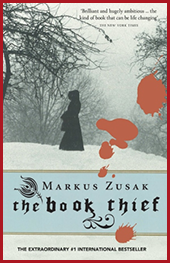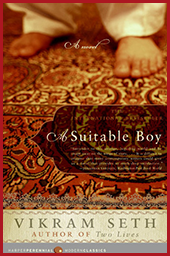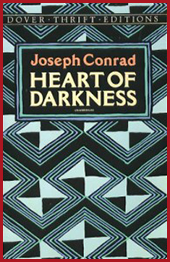
HEART OF DARKNESS, DO ANDROIDS DREAM OF ELECTRIC SHEEP
Joseph Conrad (Dover Publications, 1990, ISBN 978-0486264646), Philip K. Dick (Doubleday, 1968, ISBN (reprint) 0-345-40447-5)
By law, every commercial street in Australia must contain either a fish and chip shop, a laundromat or a milk bar with a sandwich board showing pictures of the ice creams. Streets, like mine, that have all three can apply for a government grant to construct a newsagents next door, which thereafter will support itself, in the main, by peddling lottery tickets. For lunch today, I ordered a vegetarian burger from a Chinese restaurant between the laundromat and the fish and chip shop. I believe the restaurateur must once have seen a hamburger at some distance and then deduced its contents. It had its points, but no person who’d seen a burger at close range could’ve classed it as one. In place of the bun, it had two chive pancakes with soy sauce. For the patty it substituted a loose shred of cabbage, slivered black mushrooms and bean shoots. Not one to skimp on the essentials, the restaurateur served it with chopsticks and a selection of dipping sauces.
I ate it with the chopsticks while watching Herzog’s Nosferatu: Phantom der Nacht. Even Herzog’s monster film somehow reminds me of Joseph Conrad; more human than human but unafraid of the truth about the world. I watched it on a television projector plugged into tiny, quiet speakers, but the source volume set to maximum. Every time the music swelled the speakers rattled and distorted like Hendrix wailing the seventh sharp nine in Heart of Darkness.



